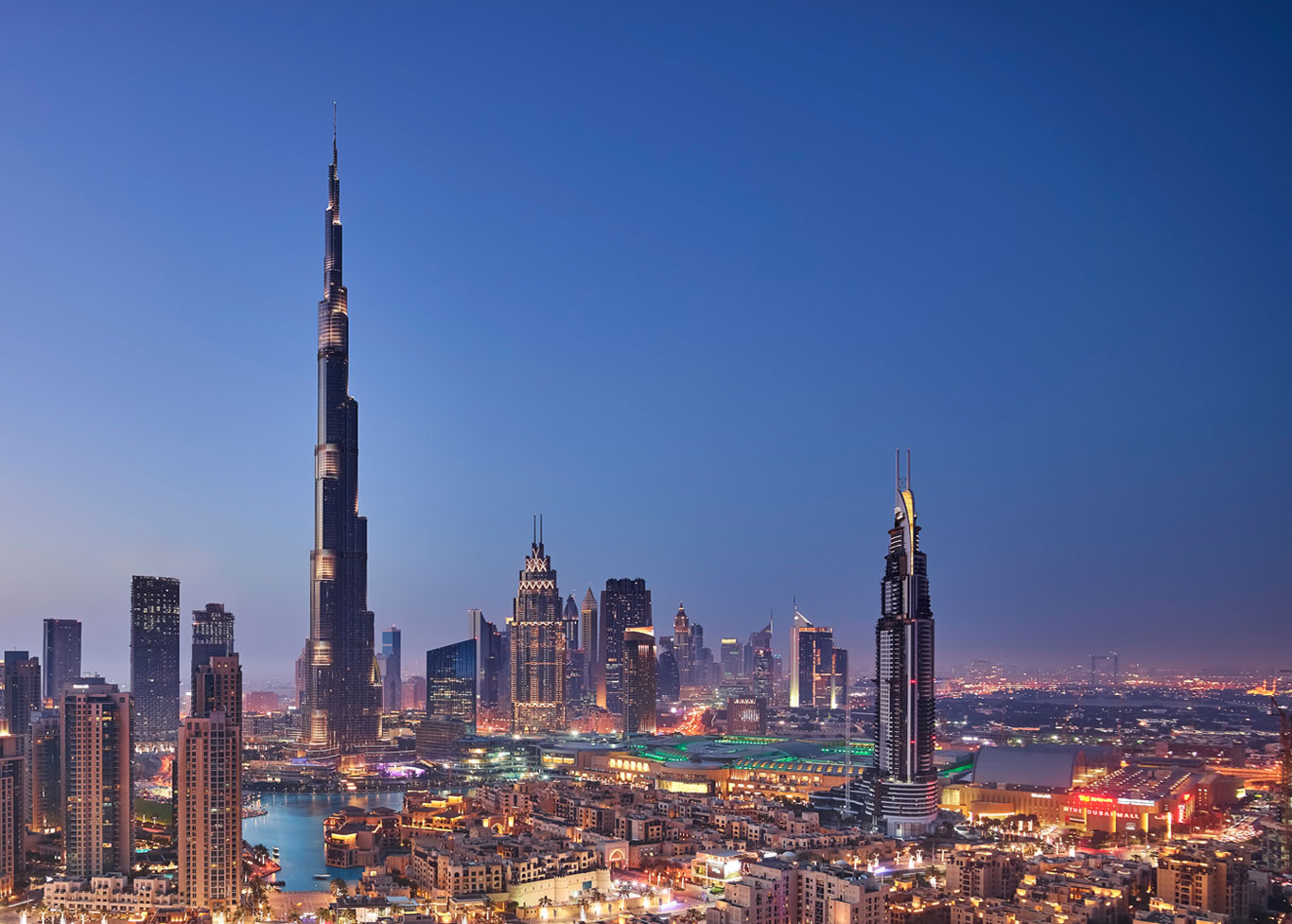Isaura, city of the thousand wells, is said to rise over a deep, subterranean lake. On all sides, wherever the inhabitants dig long vertical holes in the ground, they succeed in drawing up water, as far as the city extends, and no father. Its green border repeats the dark outline of the buried lake; an invisible landscape conditions the visible one; everything that moves in the sunlight is driven by the lapping wave enclosed beneath the rock’s calcareous sky.
Thin Cities 1, Invisible Cities, Italo Calvino
Isaura is a city built upon deep vertical wells. And so far as the wells reach, the city exists. Beyond the reach of its underground lake, the city ceases to be, its visible border mirroring the unseen borders of the dark lake below. Polo describes two religions growing up as a result of this geography. One group of people worships the god of the deep reservoir, the unseen lake. The other group worships all the methods produced to ensure that water moves upwards to the city.
In the thin city of Isaura, Calvino begins to look at how religion is developed and how a person’s perspective influences how they think of the divine. The gods in the dark lake would indicate that humans will never see the gods and can only blindly trust that the water will continue to be there. While gods in the buckets, the gods of lightness, give people an opportunity to see those gods and exist as an emblem of striving for better, just as the gods continue to rise. It seems that the two forms of religion are different, one deep down under the earth, and another up high in the air. However, for me, they are just the same in essence. They are the embodiment of inhabitants’ desire for the city to grow, for their own prosperity. The deeply hidden gods of desire are the motivation for the gods of lightness to rise, up to the sky. While the gods of lightness follow the “wave” of the gods of desire and give new forms to the desire. Just as described in Cites & Desire 2, the city of Anastasia, “if for eight hours a day you work as a cutter of agate, onyx, chrysoprase, your labor which gives form to desire takes from desire its form, and you believe you are enjoying Anastasia wholly when you are only its slave”. People in Isaura are the slave of the black lake, digging holes in the ground, and drawing up water from it.
In my dream, I visit the city of Isaura, it is a thin city, but also a heavy one. The water in the moat looks very similar to its source — the black underground lake. The water here is always opaque and dark in color, not that it is dirty, but it is dark by nature. People here don’t mind what makes the lake dark but rely on it to earn a living. All of the inhabitants stare at the wells and buckets all day long, with no expression on their faces. Suddenly I start to wonder if the ground cracks at night, the inhabitants might disappear in the lake and become part of it. I start to think about what they will become. If I dive deep into the lake, I would probably discover some big fish with no expression on their faces, or the ruins of a city that once prospered.
The city of Isaura somehow reminds of the cities in the UAE, such as Abu Dhabi and Dubai. The underground black lake here consists of petroleum. Beyond the reach of oil fields, there’s only desert and the cities cease to be. Dubai, for instance, is a city that strives to “move upward”, with the Burj Khalifa as the tallest building in the world. Oil fields give birth to the cities and civilization here. It is awesome that the cities have the ambition and capacity to move upward, but there’s more to consider when the oil runs out and what to rely on then.
